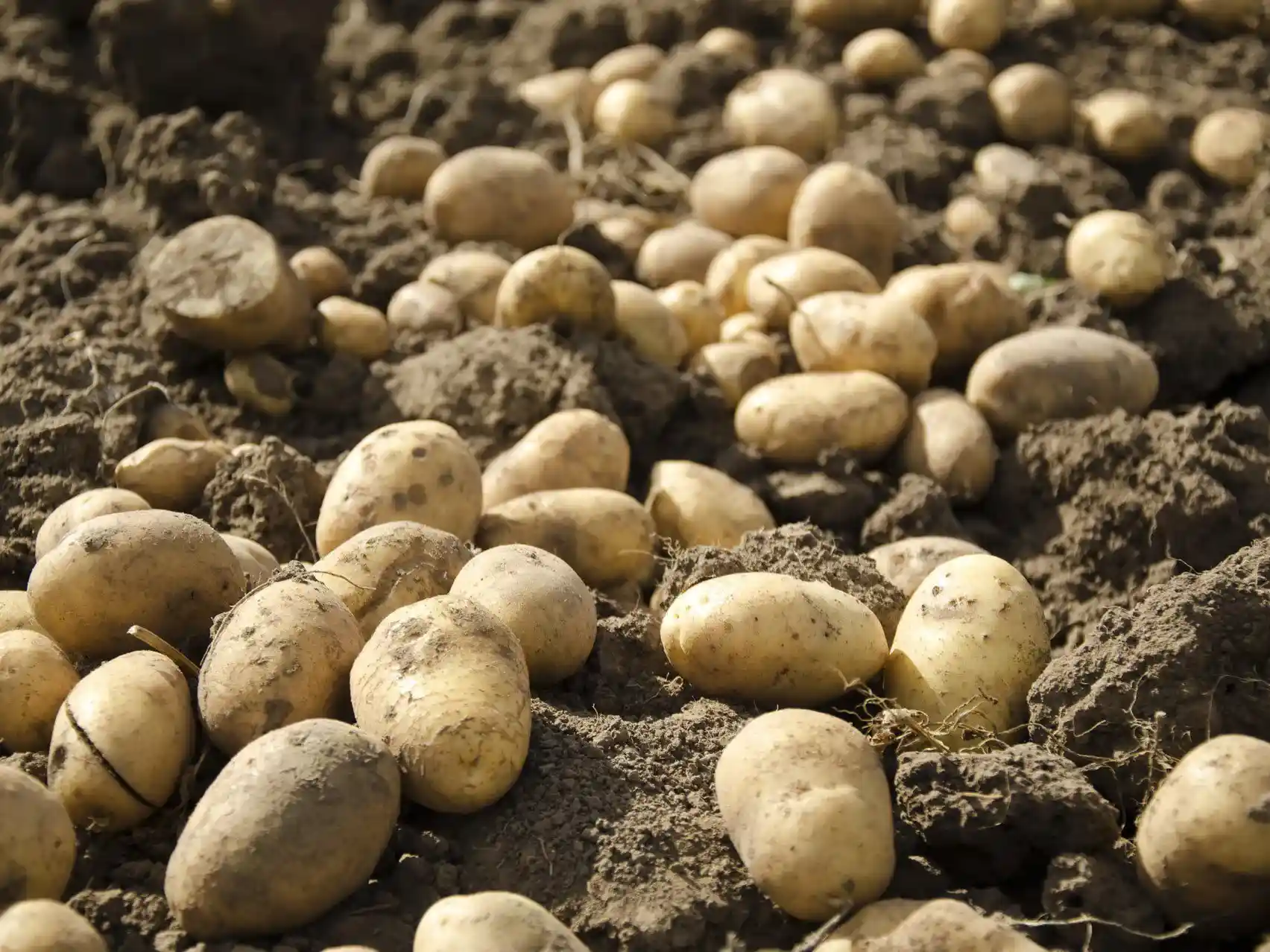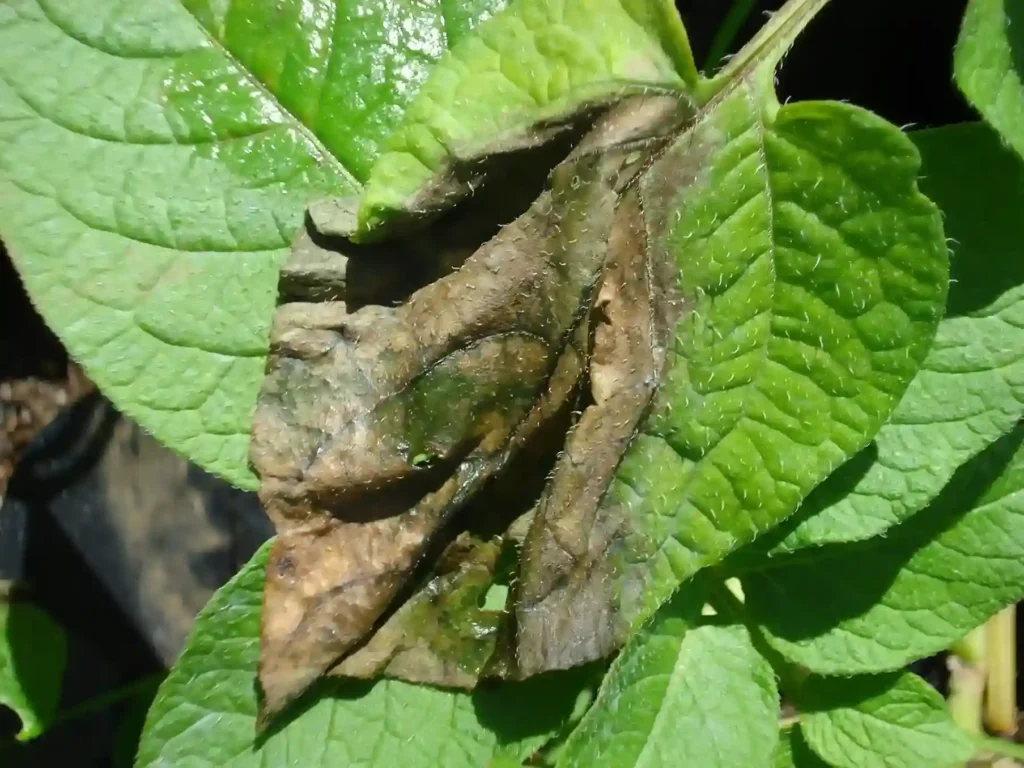NCSU Traces The Earlier Arrival of Potato Blight in the US

North Carolina State University researchers uncover evidence of potato blight’s earlier arrival in the US, shedding light on the Great Famine.
A new study reveals a surprising twist in the tragic story of the potato blight – the fungal disease that caused the Great Famine in Ireland. Researchers at North Carolina State University discovered that the blight emerged in the United States two years before it ravaged Ireland, raising questions about its origin and the global interconnectedness of plant diseases.
(Also read Celebrate St. Patrick’s Day with McDonald’s Shamrock Shake.)
The team pinpointed 1843 as the blight first struck, infecting potato crops in five Eastern states: New York, Pennsylvania, New Jersey, Delaware, and Connecticut. By 1844, it had spread to six more states including the Canadian province of Nova Scotia.
The study, published in Scientific Reports, estimates that between 33% and 50% of North American potato crops were lost to the blight between 1843 and 1845.
Potato Blight Appeared in US 2 years Before Ireland
While the devastation in Ireland is well documented, with over one million deaths and two million forced to emigrate, the North American chapter of this story remained largely unknown. This research highlights the early spread of the disease and emphasises the importance of understanding plant pathogens in a globalised world.
It’s interesting to note that the pathogen responsible for the blight, a “fungus-like plant pathogen,” was not yet recognized by scientists. Their discovery highlights the value of historical records, allowing us to learn from past agricultural challenges and inform future approaches to plant disease control.

However, the question of how the blight reached Ireland still needs to be answered. One possibility is that infected potatoes or ships’ cargo transported the pathogen across the Atlantic. Further research is needed to piece together the complete story of this devastating disease’s journey and its lasting impact on both continents.
This discovery reminds us that plant diseases can have far-reaching consequences, stressing the need for international cooperation and proactive measures to safeguard global food security.
Understanding the historical spread of the potato blight, we can better prepare for and combat future agricultural threats.
LATEST NEWS
DISCOVER MORE






